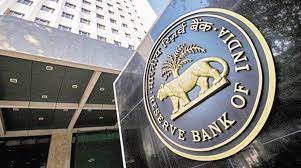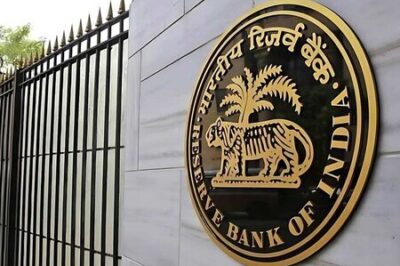
In the fiscal year 2024-25, the Reserve Bank of India (RBI) undertook unprecedented measures to stabilize the Indian rupee, selling a record $398.71 billion in foreign exchange reserves. This aggressive intervention was driven by a confluence of global economic uncertainties, geopolitical tensions, and domestic challenges, marking a significant chapter in India’s monetary policy history.
Strategic Forex Interventions Amid Global Volatility
The RBI’s substantial forex sales were primarily aimed at countering the depreciation pressures on the rupee. Throughout the year, the Indian currency faced downward pressure due to factors such as rising U.S. Treasury yields, a strengthening U.S. dollar, and concerns over the global economic slowdown. These external factors were compounded by domestic issues, including foreign portfolio investor (FPI) outflows and a widening trade deficit. In response, the RBI’s net short dollar position in forwards and futures reached a record high of $77.5 billion by January 2025, reflecting its intensified efforts to manage the currency’s value.
Impact on India’s Foreign Exchange Reserves
Despite the RBI’s interventions, India’s foreign exchange reserves experienced fluctuations. As of May 9, 2025, the reserves stood at $690.62 billion, indicating a rise of $4.5 billion from the previous week. However, when accounting for the RBI’s forward dollar positions, the effective reserve position was lower, leading to concerns about the adequacy of reserves in covering import needs and potential external shocks .
The ‘Impossible Trinity’ Dilemma
The RBI’s actions highlighted the challenges posed by the “impossible trinity” in international economics, the inability to have a stable exchange rate, free capital movement, and an independent monetary policy simultaneously. To stabilize the rupee, the RBI prioritized currency stability over loosening credit markets, leading to a reduction in liquidity and a slowdown in bank lending. This balancing act underscored the complexities faced by the central bank in navigating global financial dynamics while maintaining domestic economic stability.
Domestic Economic Factors Influencing RBI’s Strategy
Internally, India’s economic landscape presented additional challenges. Slowing economic growth, coupled with increased trade deficits and reduced foreign inflows, exerted pressure on the rupee. The RBI’s interventions were designed to mitigate these domestic vulnerabilities, ensuring that the currency remained relatively stable amidst global uncertainties. However, these measures also necessitated careful management to avoid exacerbating liquidity constraints and impacting economic growth.
Outlook for India’s Currency and Economic Stability
Looking ahead, the RBI’s strategy appears to be shifting towards a more balanced approach. While interventions will continue to be necessary to manage short-term volatility, there is a growing emphasis on structural reforms and policy adjustments to address underlying economic challenges. The focus is on enhancing export competitiveness, attracting sustainable foreign investments, and improving macroeconomic fundamentals to support the rupee’s stability in the long term.
In conclusion, the RBI’s record forex sales in 2024-25 reflect its proactive stance in safeguarding the Indian rupee amidst a turbulent global economic environment. While these interventions have provided short-term relief, the path forward will require a combination of strategic monetary policies and structural reforms to ensure sustained economic stability and currency resilience.









































Leave a Reply